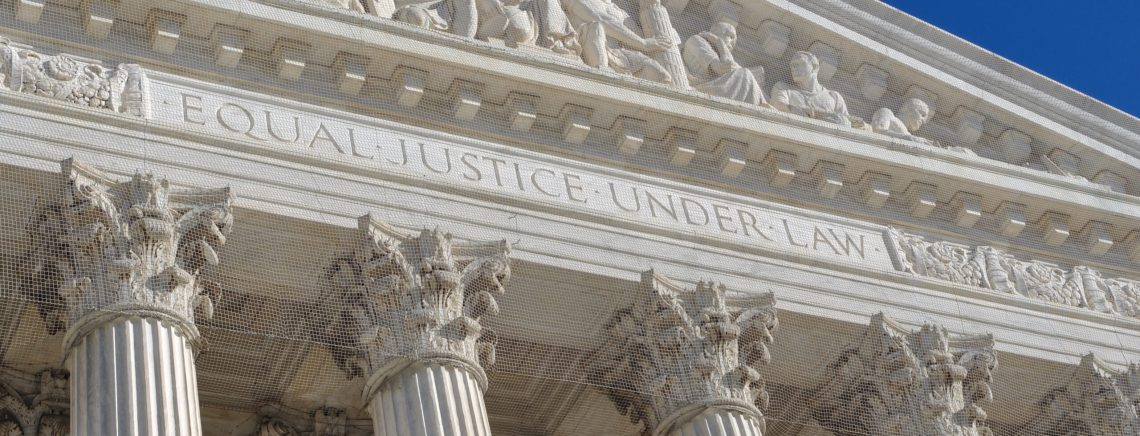First published: November 6th 2023
Last updated: November 6th 2023
The Supreme Court has delivered a ruling that could have implications for business owners that use contractors.
The case involved Domino’s Pizza delivery drivers who made themselves available to deliver pizzas on a non-continuous, occasional, or intermittent basis.
The central question to be determined by the Supreme Court was to confirm the nature of the employment relationship between the business and the delivery drivers.
Background
The case arose when the Revenue Commissioners issued tax assessments to Karshan (Midlands) Ltd T/A Domino’s Pizza (Karshan) for non-payment of PAYE and PRSI in respect of its delivery drivers.
Karshan maintained that the drivers were independent contractors and no such employment-related tax liabilities were due.
The case was examined by the Tax Appeal Commission and the High Court who both ruled that the delivery drivers were employees.
The Court of Appeal overturned these decisions in a ruling that found the drivers were contractors before the recent Supreme Court judgment which concluded that the drivers were employees for the purposes of the relevant tax legislation.
Independent contractor or employee?
The key issue to be determined by the Supreme Court was the employment status of the delivery drivers. A contractor works under a contract for service while an employee works under a contract of service.
The Supreme Court ruled that the evidence disclosed ‘close control’ by Karshan over the drivers when at work. The judgment noted that while there were some features of the drivers’ activities that were consistent with their being independent contractors (use of their own vehicles, paying for their personal insurance and phones), the Revenue Commissioners were entitled to conclude that the evidence overall pointed to the drivers carrying on Karshan’s business rather than their own.
The level of control the Dominos franchise had over the drivers was the deciding factor. Dominos directed the drivers what to wear, their hours and number of deliveries and even prepared the invoices that the drivers submitted to receive payment for their work.
The evidence pointing to an employment relationship outweighed the evidence suggesting the drivers were working on their own account as independent contractors.
Mutuality of obligation
Much of the legal argument between the parties focused on whether there was ‘mutuality of obligation’ between the parties. Karshan argued that there was no mutuality of obligation as drivers could unilaterally choose not to provide their services even if they had agreed to be rostered for work without any risk of sanction.
In reply, the Revenue Commissioners stated that there was mutuality of obligation as the drivers entered into specific contracts of employment at the point at which they agreed to be rostered for particular shifts. Those contracts required drivers to attend as agreed, and included an obligation on Karshan to pay drivers who did show up as rostered.
The Supreme Court found that mutuality of obligation is not a sine qua non of an employment relationship. The judgment did confirm however that there was an agreement between Karshan and the drivers once Karshan rostered the drivers and entered an obligation to pay drivers who attended for their rostered period. These circumstances were sufficient to establish an employment contract in the view of the court.
No decision on reckonable service for the purposes of other employment legislation
The judgment stressed that the only finding made was a determination of the dispute between Karshan and the Revenue Commissioners concerning the driver’s taxable status.
The judgment is therefore simply a finding that Karshan was the employer of the delivery drivers under the relevant tax legislation. The court did not consider the question of whether the drivers had continuous service for the purposes of other employment rights legislation.
The judgment also confirmed that the judgment would not preclude drivers from choosing to complete their work as contractors rather than employees.
What does this judgment mean for employers?
The question for business owners is how does this decision impact their use of independent contractors?
As the judgment stresses that the Supreme Court’s decision is confined to a determination of the case in question, one could say that the thorny question of employment status remains an issue for businesses to consider on a case-by-case basis.
A starting point for business owners is the Revenue’s Code of Practice on Determining Employment Status which provides guidance to businesses on how to correctly classify employees and contractors. The Supreme Court decision itself is also welcome as it sets out a number of tests to determine the correct employment status of a work arrangement.
As new business models muddy the waters of employment status, bogus self-employment is likely to remain a live issue. Bogus self-employment also deprives the Revenue of tax and may deprive individuals of social welfare entitlements so it will likely remain a compliance target for the authorities.
Business owners should review any contracting arrangements they have in place to avoid Revenue compliance issues around bogus self-employment.
Expert updates with Irish employment law compliance
Did you know Graphite clients receive regular employment law updates from our HR experts?
To find out more about how Graphite can help you stay on top of your obligations as an employer, call 01 886 0350 today.




